The Hawaiian Islands are a remarkable paradise, boasting a highly diverse and unique ecosystem found nowhere else on Earth. However, this isolated environment is under threat from invasive species that pose severe challenges to native wildlife and plant life. Understanding and combating these threats are crucial steps in preserving Hawaii’s natural wonder.
What Makes Hawaii’s Ecosystem Unique?
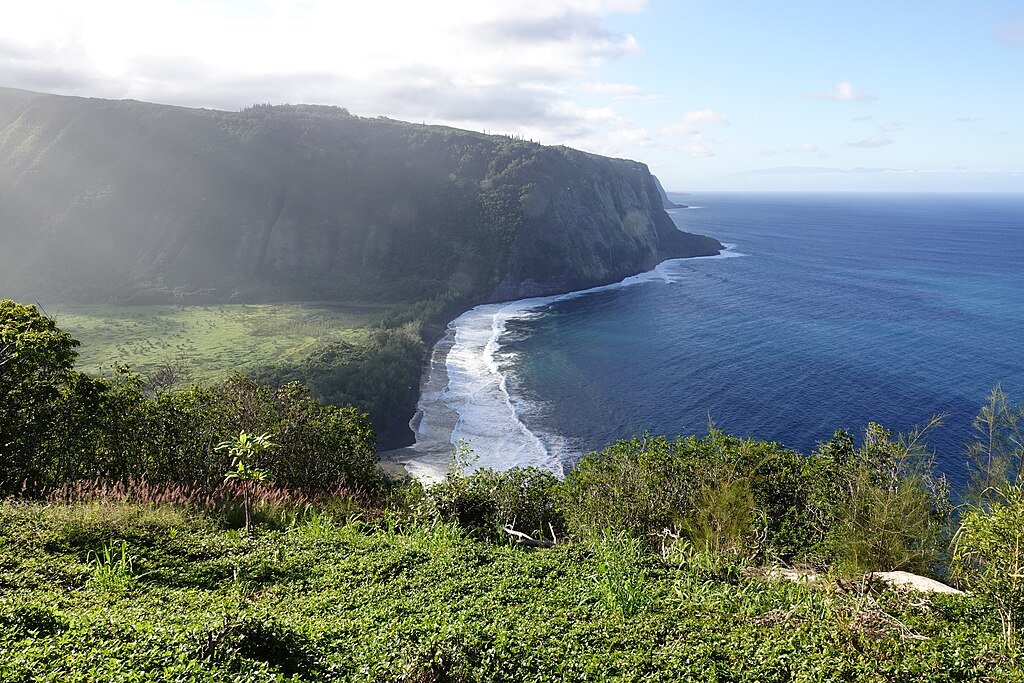
Hawaii’s isolation in the middle of the Pacific Ocean has allowed for the evolution of distinct flora and fauna. This archipelago is home to a high percentage of endemic species—plants and animals that are found only in Hawaii. Unfortunately, the same isolation that enabled such unique biodiversity also makes it vulnerable, as native species often lack defenses against outside threats.
The Invasion of Non-native Species

Invasive species are organisms introduced to an environment where they are not naturally found. In Hawaii, these species often arrive through human activity, including global trade and tourism. Once established, they compete with native species for resources or directly prey on them, leading to drastic ecological imbalances.
The Impact on Native Flora and Fauna
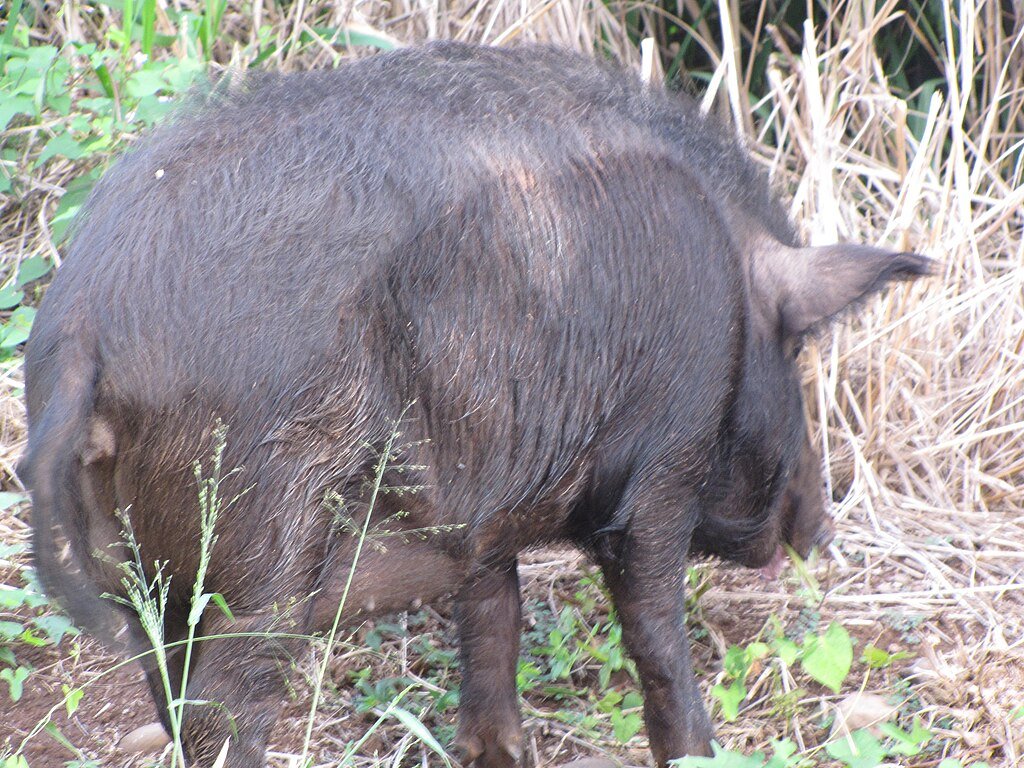
The introduction of certain plants, animals, and insects has led to severe consequences for Hawaii’s native species. For example, the invasive feral pigs, originally introduced by early Polynesian settlers, directly threaten native forests by disturbing the soil, spreading weeds, and promoting the growth of invasive plant species. Additionally, diseases carried by mosquitoes introduced to the islands have decimated native bird populations.
Economic and Cultural Implications
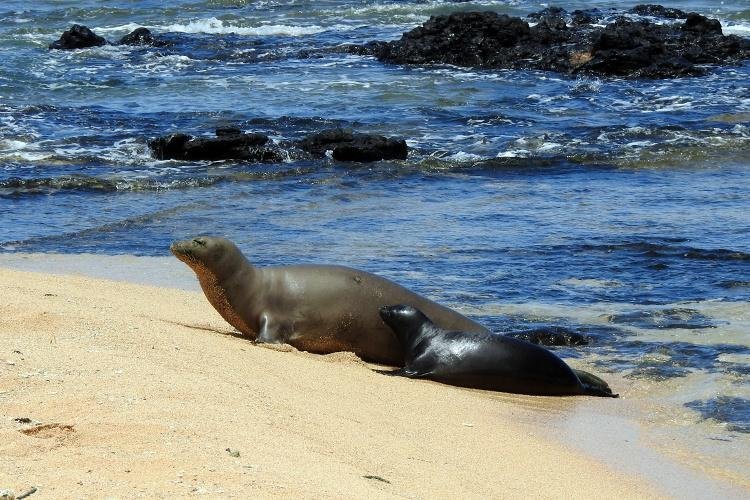
Beyond ecological issues, invasive species have significant economic and cultural impacts. Agriculture can be drastically affected by pests, while iconic native species like the Hawaiian monk seal hold substantial cultural significance and attract millions of tourists annually. Preservation efforts thus have both economic and cultural imperatives.
Current Strategies in Combating Invasive Species
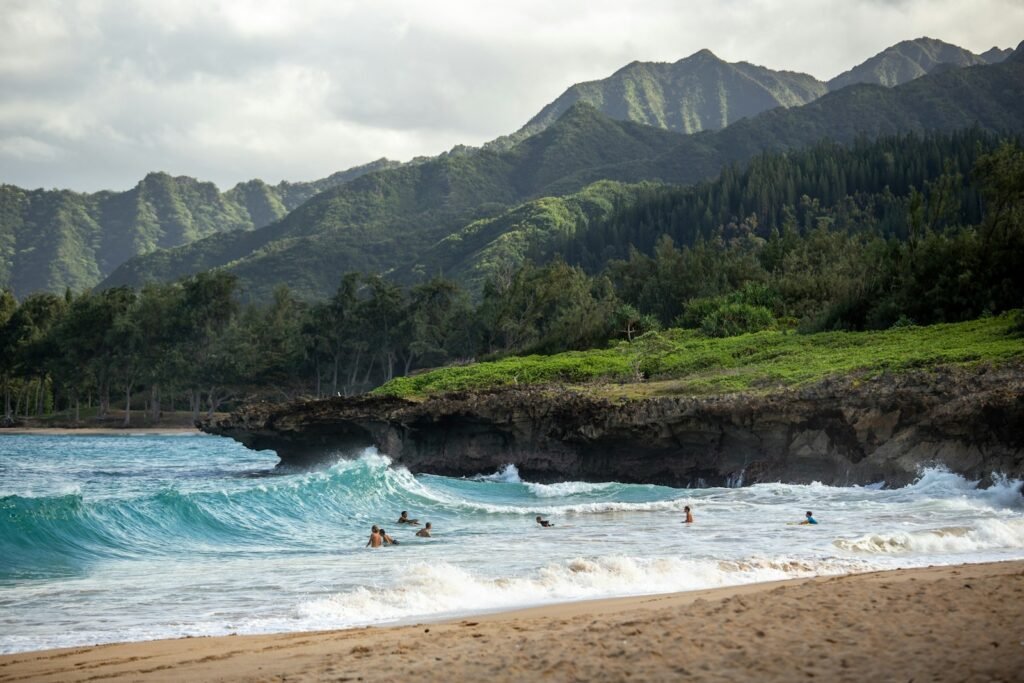
Efforts to mitigate the impact of invasive species in Hawaii include prevention, control, and eradication strategies. Prevention focuses on stringent checks at ports and airports to stop new introductions. Control methods, such as fencing and selective hunting, aim to manage existing populations of invasive species. Eradication, although challenging, involves removing non-native species from especially vulnerable areas entirely.
The Role of Public Awareness and Education
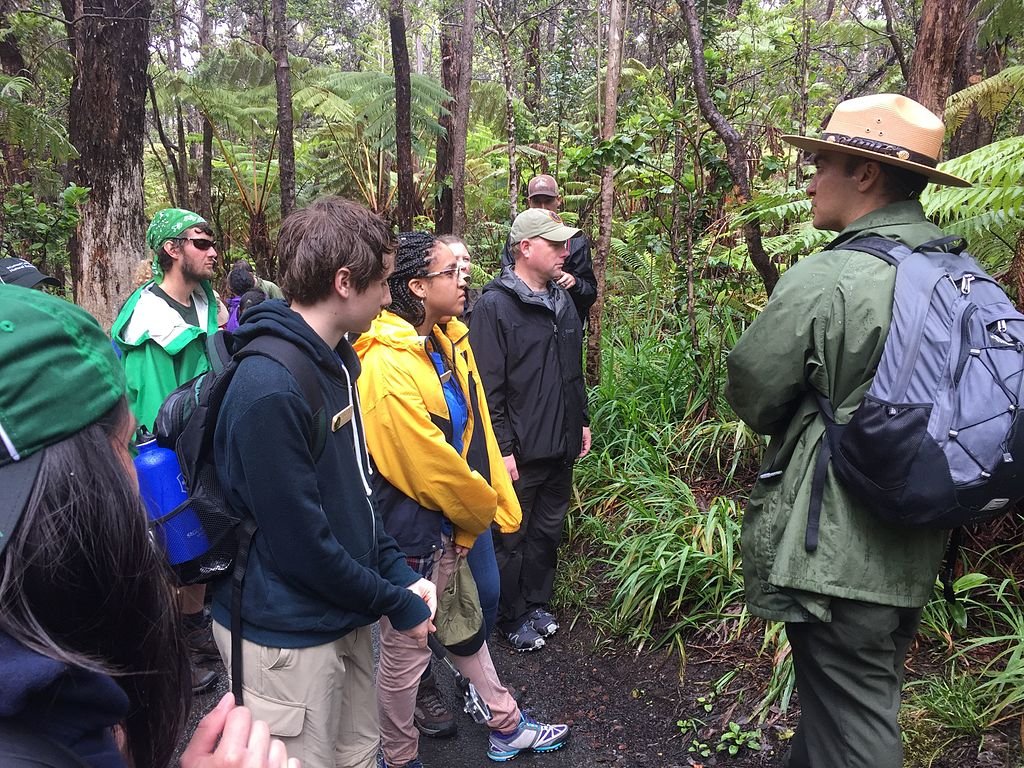
Educating locals and visitors about the importance of preserving Hawaii’s ecosystem is a pivotal strategy in the fight against invasive species. By increasing awareness of the issue, the likelihood of introducing new species can be reduced. Various community-led initiatives aim to engage the public in conservation efforts, emphasizing that everyone can play a role.
Utilizing Technology and Innovation

Technological advancements are becoming increasingly integral in efforts to protect Hawaii’s ecosystem. Drones and satellite imaging are used for surveillance of large areas, while genetic research offers insights into developing biological controls that target specific invasive species without harming native ones.
Legislation and Policy Action
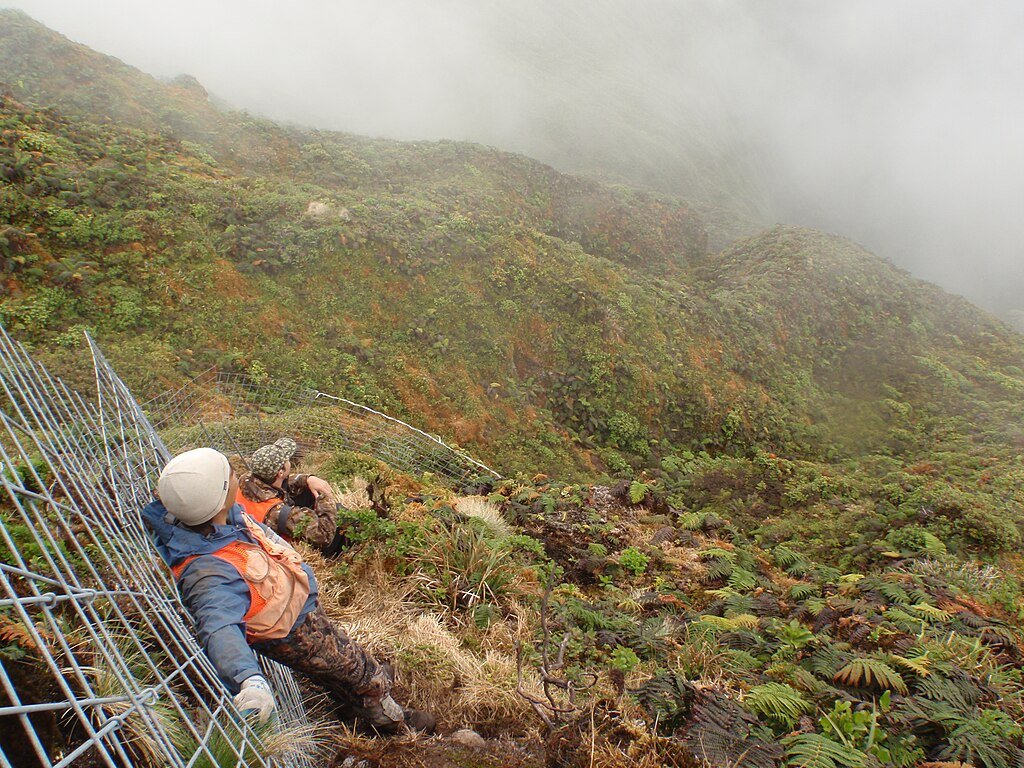
Government policies are crucial in the fight against invasive species. In Hawaii, laws are in place to regulate the importation of plants and animals. Continuous updates to these regulations ensure they remain effective in addressing the evolving threats of invasive species.
Community Involvement and Volunteer Opportunities
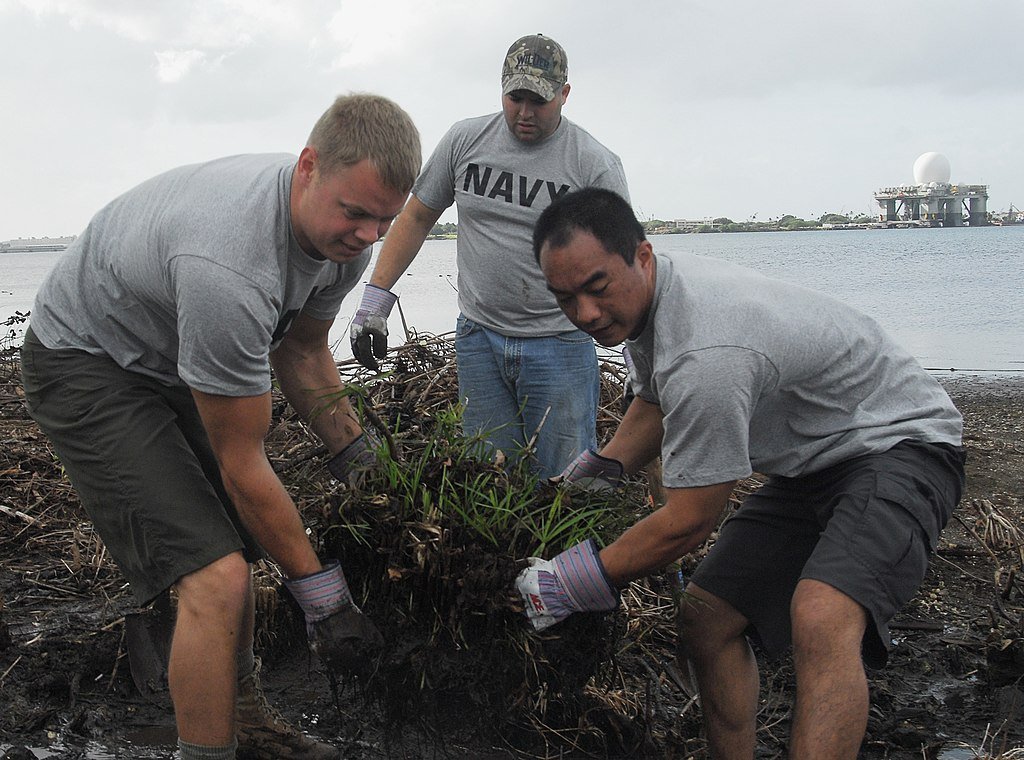
Community involvement is vital for the success of conservation efforts. Numerous volunteer programs provide opportunities for individuals to contribute directly to conservation activities. By participating in clean-up drives or native plant restoration projects, residents and visitors alike can make a tangible difference.
Prominent Success Stories
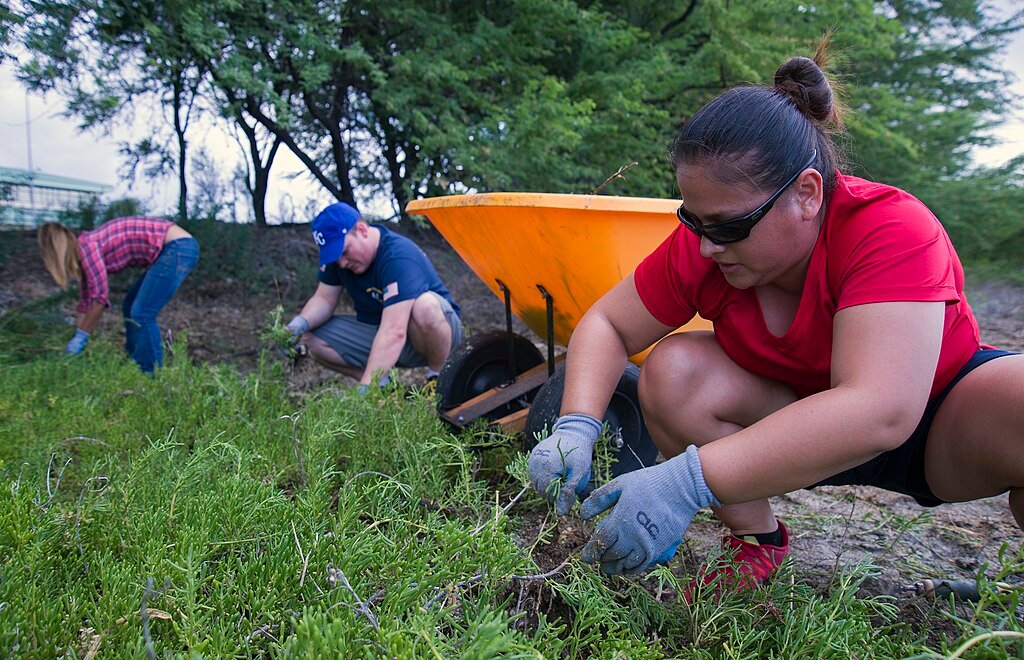
There are several success stories in Hawaii’s battle against invasive species. The recovery of the Palila bird population on the Big Island due to habitat restoration and predator control is one such example. These stories serve as a testament to the potential for positive outcomes when efforts are guided by effective strategies and widespread cooperation.
The Road Ahead: Challenges and Opportunities

While significant progress has been made, the challenge of invasive species in Hawaii is ongoing. Climate change and the constant flow of global trade and travel pose additional risks. Thus, maintaining momentum in the fight against invasive species requires adaptive and forward-thinking strategies.
Conclusion: A Collective Duty
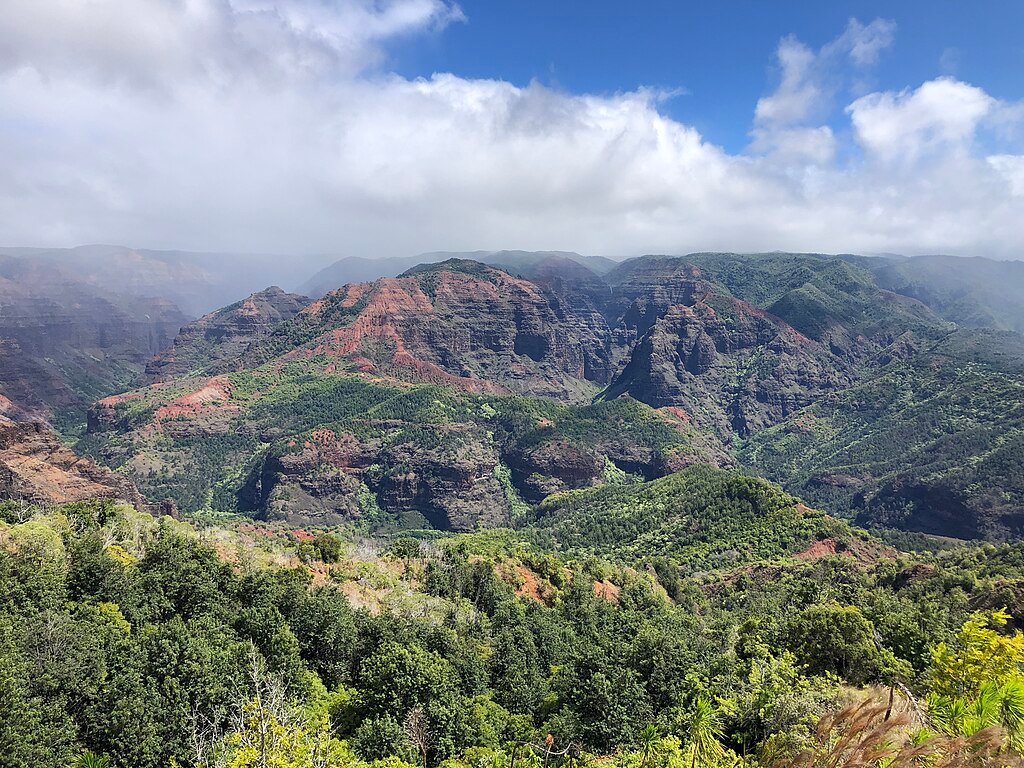
The fight against invasive species in Hawaii is a complex but essential endeavor that requires the collaboration of scientists, policymakers, businesses, and the public. By understanding the importance of Hawaii’s unique ecosystem and the threats it faces, we can all contribute to a sustainable and harmonious coexistence with the natural world.
In safeguarding Hawaii’s ecosystem, every effort counts. With continued commitment and cooperation, it is possible to secure a thriving future for this unique paradise, ensuring its beauty and biodiversity endure for generations to come.




